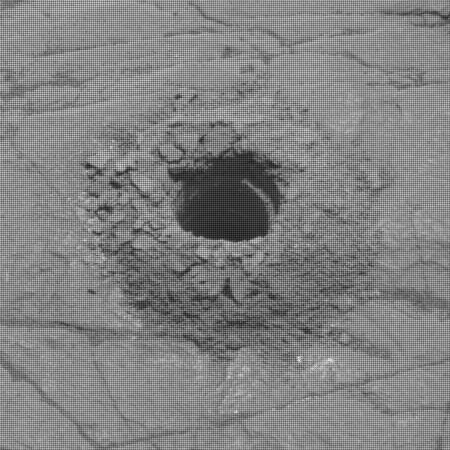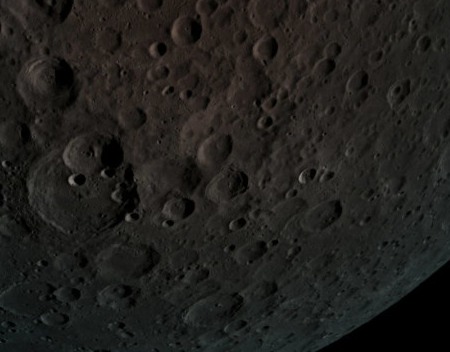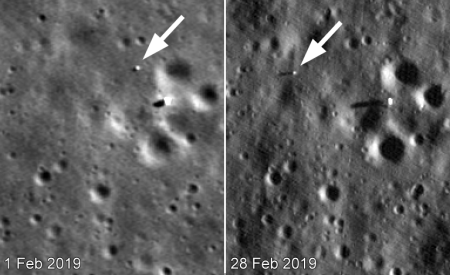Lunar eclipse meteorite hit the Moon at almost 38,000 mph
By analyzing the data obtained of the meteorite impact that hit the Moon during the January 21 lunar eclipse, astronomers now estimate it crashed into the surface at almost 38,000 miles per hour and would have produced a crater about 50 feet across.
They also estimate that the meteorite itself had a mass of about 100 pounds with a diameter of between one to two feet.
The new crater itself has not yet been spotted, and probably can only be photographed with the high resolution camera on Lunar Reconnaissance Orbiter (LRO). I expect the LRO science team has already scheduled observations for this location. It will be interesting to see if the actual crater corresponds to the estimates of these astronomers.
By analyzing the data obtained of the meteorite impact that hit the Moon during the January 21 lunar eclipse, astronomers now estimate it crashed into the surface at almost 38,000 miles per hour and would have produced a crater about 50 feet across.
They also estimate that the meteorite itself had a mass of about 100 pounds with a diameter of between one to two feet.
The new crater itself has not yet been spotted, and probably can only be photographed with the high resolution camera on Lunar Reconnaissance Orbiter (LRO). I expect the LRO science team has already scheduled observations for this location. It will be interesting to see if the actual crater corresponds to the estimates of these astronomers.





